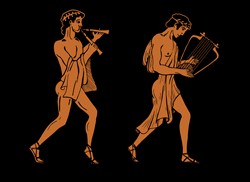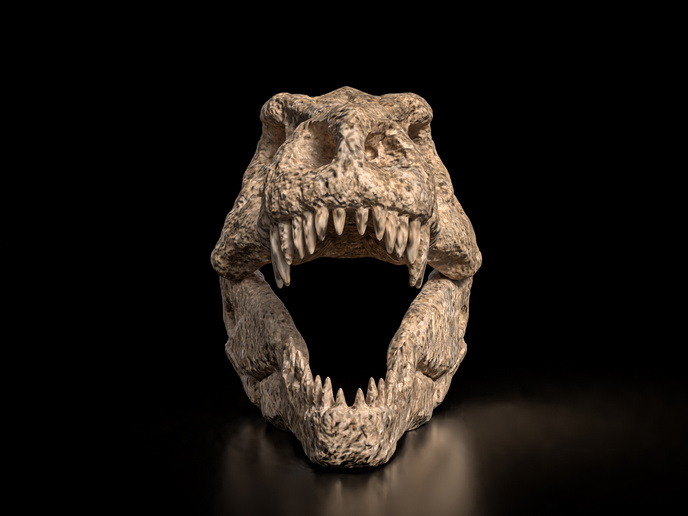New approaches to study ancient music
There are many archaeological records, artefacts and ruins from the remains of ancient Greece, revealing much about the culture, religion and lifestyle of those times. The music from that era however has remained obscure, prompting researchers to find novel ways of extrapolating what music meant for the ancient people and eventually how it sounded like then, when it was used in religious contexts and rites. In this spirit, the EU-funded TELESTES(opens in new window) (TELESTES. Musics, cults and rites of a Greek city in the west) combined musicological and archaeological approaches in a discipline dubbed archaeomusicology to conquer this challenge. Using evidence from the Greek city of Selinus, today called Selinunte, the project considered music not only from a cultural and socio-political perspective, but also from a religious, ritualistic and funerary perspective. It also examined dance and music performances in a way that could help enlighten our knowledge of the role of music in the ancient world. To achieve its aims, TELESTES analysed the role of music in sacred areas, temples and buildings, including its connection to the Greek gods, through sculpture, pottery, musical instruments, sound objects and written sources. In addition, the study and 3D reconstruction of an actual aulos, an ancient Greek wind instrument, revealed important acoustic information. The project was also involved in developing high-tech interactive tools to help museum visitors learn more about musical instruments. Overall, project research furthered our knowledge about the social, political and religious functions of musical performances in ancient Greece. It extended a new research method to study music from that era and developed a refined 3D modelling approach to support such research. TELESTES has helped the emergence of a more sophisticated approach to studying ancient musical instruments that goes beyond illustrations to more digital renditions to reproduce likeness. The convergence of archaeology, musicology, anthropology and art breaks new ground in understanding ancient musical heritage and teasing out its secrets.







